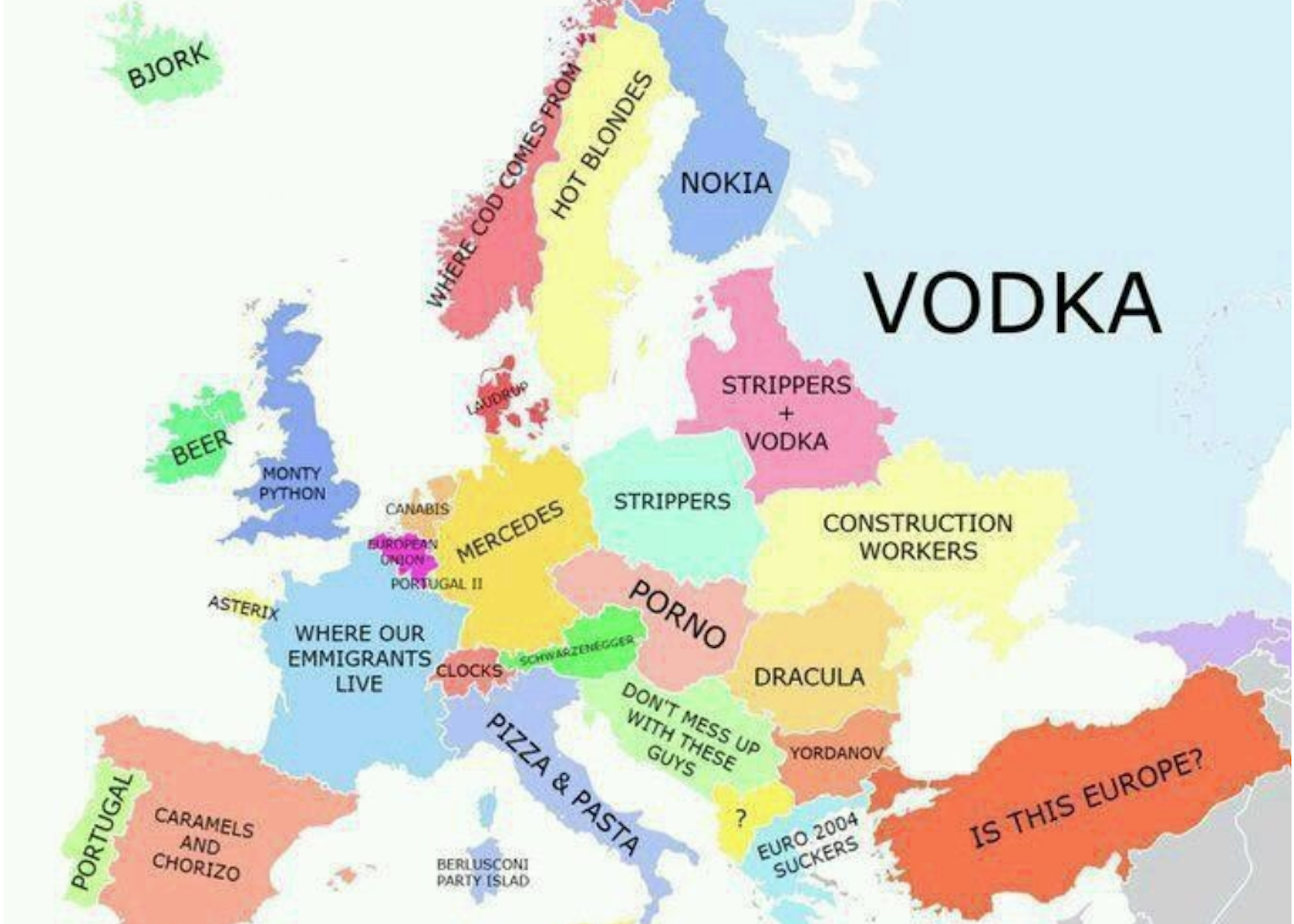Throughout chapter 4 of Dark Continent, The Crisis of Capitalism we could see the disastrous consequences of what WWI meant over the economic sphere of Europe. In spite of a rapid and partial stabilization, this was quickly succeeded by the 1929 crisis that hit the world economy in many ways. Curious but still somehow afraid of the economic projects lead by both communist and fascists regimes during the 1930’s, most of the western world, lead by the thought of figures as John M. Keynes, started arguing the impossibility of continuing with an economic model based on the traditional paradigms of liberal capitalism (p. 137) . Characterized by a strong role of the state over the economy, and taking some elements from those other economic adventures previously mentioned; Keynes’ and others’ ideas lead the way to much of what during the 1930’s and strongly during the 1950’s became known as the welfare state economy. In American History, for example, this became, undeniably, one of the most successful epochs in terms of social progress.
However,the modern world has rapidly turned back to a capitalist system based on an extreme liberalization of markets (notably in America during the 1980’s and on). This phenomenon not only has caused a rapid growth of global inequality as it has never been seen before, but also, and as remarkable economists as Stiglitz, Piketty or Wolff have showed; it could also explain the world economic recession of 2008. If the traditional and modern methods of liberalism are proving once again to be problematic in many senses, how should we address these risks in economic terms trough the lens of history? What can we learn from history in terms of state-oriented economic planning under these vary same circumstances that we face today?
